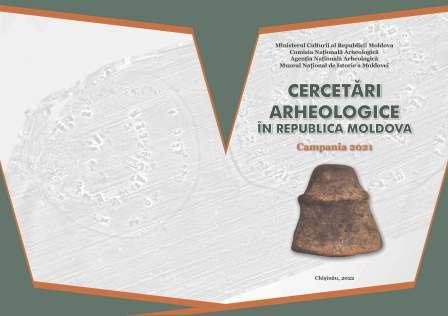|
|||||||||||||||
| |
|
History |
Museum structure |
Branch Museums |
Legislation |
Services |
The Museum Shop |
Public procurement
|
|
|
©2006-2024 National Museum of History of Moldova
 31 August 1989 St., 121 A, MD 2012, Chisinau, Republic of Moldova
31 August 1989 St., 121 A, MD 2012, Chisinau, Republic of Moldova
Phones:
Secretariat: +373 (22) 24-43-25
Department of Public Relations and Museum Education: +373 (22) 24-04-26
Fax: +373 (22) 24-43-69
E-mail: office@nationalmuseum.md
Technical Support: info@nationalmuseum.md
Web site administration and maintenance: Andrei EMILCIUC
Phones:
Secretariat: +373 (22) 24-43-25
Department of Public Relations and Museum Education: +373 (22) 24-04-26
Fax: +373 (22) 24-43-69
E-mail: office@nationalmuseum.md
Technical Support: info@nationalmuseum.md
Web site administration and maintenance: Andrei EMILCIUC









 On April 20, 2022, under the auspices of the Ministry of Culture and the National Archaeological Commission, the National Session of Reports "Archaeological Research in the Republic of Moldova, Campaign 2021" took place. The scientific meeting was organized in partnership by the National Archaeological Agency and the National Museum of History of Moldova on the occasion of the International Day for Monuments and Sites celebrated annually on April 18.
On April 20, 2022, under the auspices of the Ministry of Culture and the National Archaeological Commission, the National Session of Reports "Archaeological Research in the Republic of Moldova, Campaign 2021" took place. The scientific meeting was organized in partnership by the National Archaeological Agency and the National Museum of History of Moldova on the occasion of the International Day for Monuments and Sites celebrated annually on April 18.











































